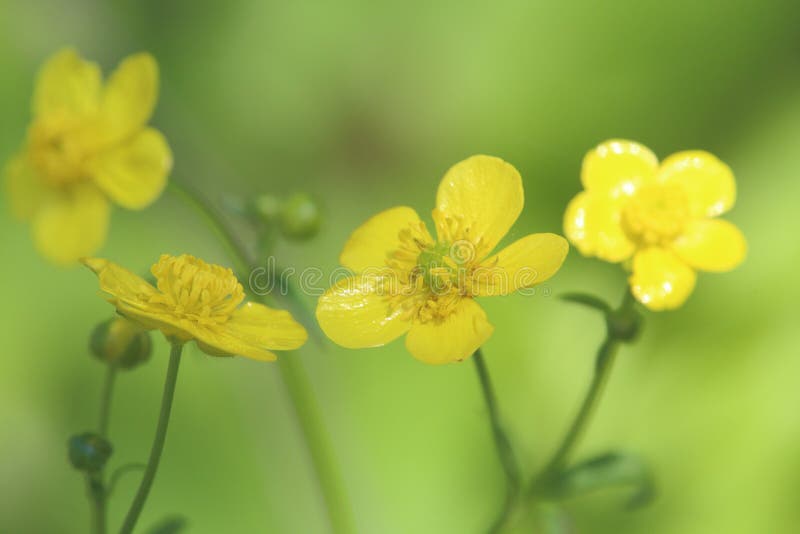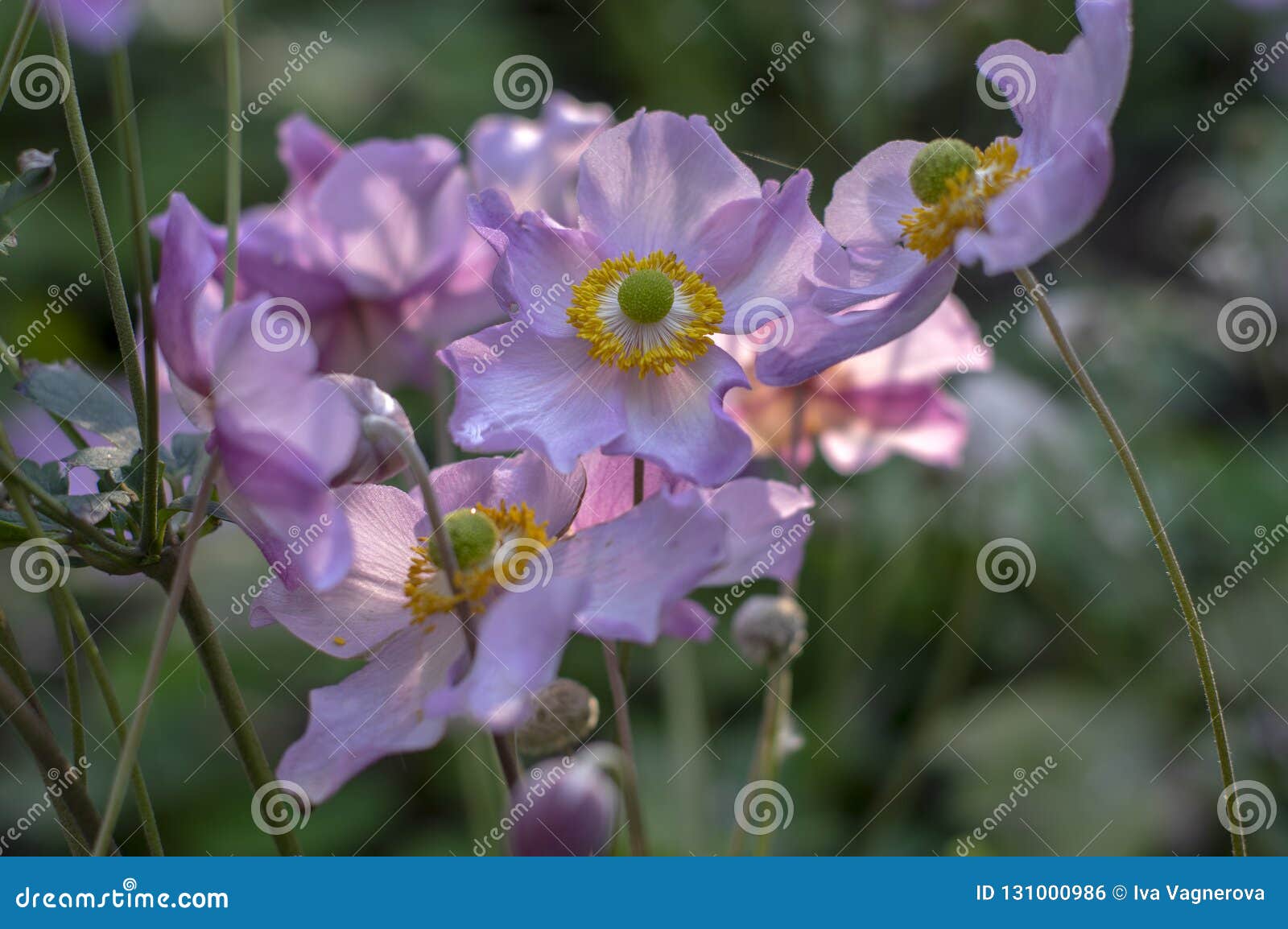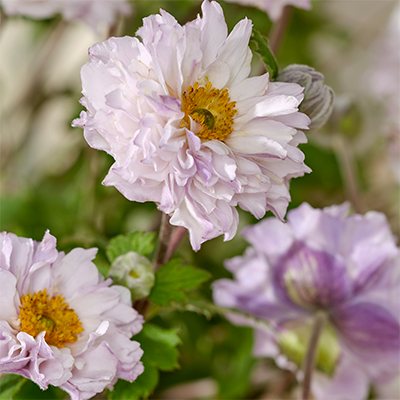
Ranunculus japonicas(Japanese Buttercup)
What Is Kabocha Squash (Japanese Pumpkin)? | Cooking Light

 Ranunculaceae
RanunculaceaeJapanese Buttercup Squash
Although there are several similarities between kabocha squash nutrition and the buttercup squash nutrition profile and appearance, buttercup squash is a bit larger and more moist. However, kabocha squash can generally be used as a substitute for most other types of squash and can also be swapped in for some recipes that call for pumpkin as well. Ranunculus japonicus, called Japanese Buttercup, is a poisonous, perennial flowering plant of Ranunculus genus. It is widely distributed in China, Japan, Taiwan and Korea. 1 Normally its flowers have 5 yellow, oval petals that are said to be uniquely glossy. Meadow buttercup. This plant can be weedy or invasive according to the authoritative sources noted below.This plant may be known by one or more common names in different places, and some are listed above. Click on an acronym to view each weed list. Buttercup Federalist Ironstone Yellow 7.5' Plate marked 4239. $13.90 shipping. Federalist Ironstone Made In JAPAN 4238 3-6 D/W SAFE. $13.90 shipping. Many of the kabocha in the market are kuri kabocha, a type created from seiyo kabocha (buttercup squash). Varieties of kabocha include Ajihei, Ajihei No. 335, Cutie, Ebisu, Emiguri, Marron d'Or and Miyako.
Japanese Butter Cookie


Plants Profile For Ranunculus Acris (tall Buttercup)
●Season April to May
●Height about 30 to 60 cm
●Place Trail 5, Mt. Inari, Oku-Takao
